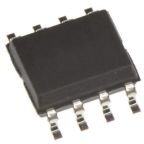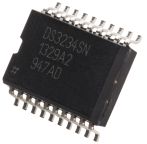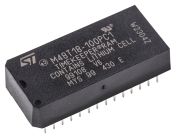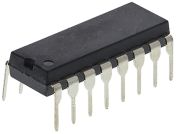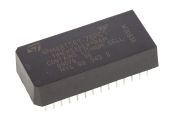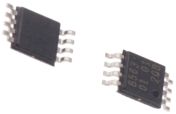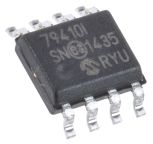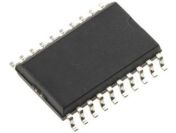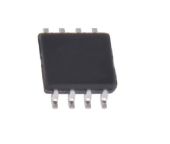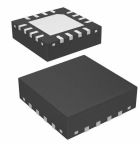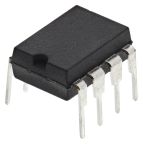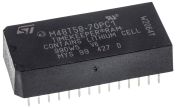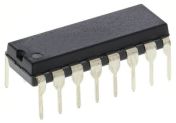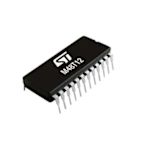Real Time Clocks
{"@context": "https://schema.org","@type": "FAQPage","mainEntity": [{"@type": "Question","name": "what does a real time clock work do?", "acceptedAnswer": {"@type": "Answer","text": "Similar in nature to watches, Real Time Clocks measure the passage of time in real time."}}, {"@type": "Question","name": "What is the difference between real time clock and system clock?","acceptedAnswer": {"@type": "Answer","text": "Unlike system clocks that regulate components of a computer system through issued signal frequencies, Real Time Clocks are designed to measure the passage of time."}}, {"@type": "Question","name": "How does a real time clock work?","acceptedAnswer": {"@type": "Answer","text": "Real Time Clocks operate on an alternate power source which allows them to keep the time when the unit its operating in is powered down."}}]}
What is a Real Time Clock?
A Real Time Clock (RTC) is a computer clock which is usually in the form of an integrated circuit. They have been designed to keep track of time, in real time - hence the product name. A Real Time Clock is usually an integral part of the computer motherboard. More often than not, an RTC will also include a calendar and an alarm
How do Real Time Clocks work?
The memory on the clocks system stores system descriptions and set up values such as "Current Time Value". The information that is held in the RTC is read with a microprocessor, commonly over a serial interface which facilitates the performance of the software functions that are time dependant.
Designed to run on ultra-low power consumption, RTCs often run on a lithium battery source but can also run on normal power. This power source allows them to continue running and generating real time when a system is down. The newer models of RTC use super-capacitors as a source of power that can be recharged and soldered to the board. Some Real Time Clocks feature synchronisation to an external signal, such as a compensated power line frequency. It allows the device to provide an accurate result without having an on-board temperature compensation scheme.
RTC Time Values
- Year
- Month
- Date
- Hours
- Minutes
- Seconds
Popular Searches
Related links
- Renesas Electronics ISL1208IU8Z-TK 2B RAM Serial-I2C, 8-Pin MSOP
- Epson Q41454351000111 14-Pin SOP
- Epson Q41457451000200 14-Pin SOP
- NXP PCF8563TS/4 Real Time Clock (RTC) Serial-I2C, 8-Pin TSSOP
- Epson X1B000311000112 32bit RAM Serial-I2C, 10-Pin
- STMicroelectronics M41T94MQ6F 44B RAM Serial-SPI, 16-Pin SOIC
- STMicroelectronics M41T56M6F 64B RAM Serial-I2C, 8-Pin SOIC
- Microchip MCP79400-I/MS 8-Pin MSOP

